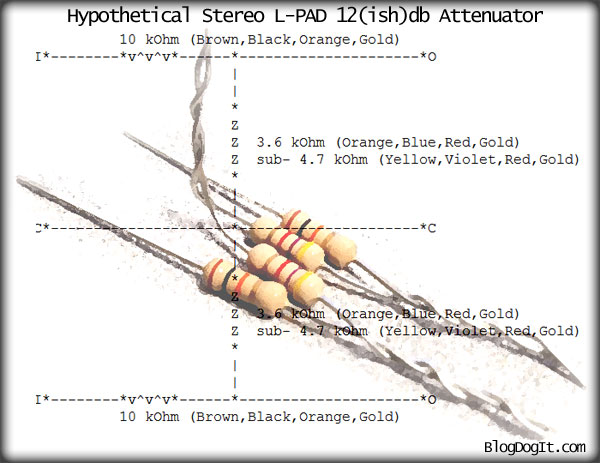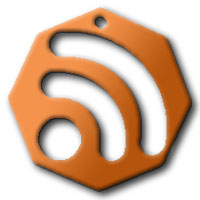Needing to Cut-Back
- Thursday, October 18 2018 @ 11:24 am EDT
- Contributed by: masodo
- Views: 2,196

 In preparing to erect a random length, long-wire antenna (to enable consumption of shortwave radio waves) I was thinking that, when the time comes to actually hear the world, it might be fun to record some of the SWL sessions on the off-chance I catch a prize.
In preparing to erect a random length, long-wire antenna (to enable consumption of shortwave radio waves) I was thinking that, when the time comes to actually hear the world, it might be fun to record some of the SWL sessions on the off-chance I catch a prize.
It would be nice if I could come up with something to share at The Shortwave Radio Audio Archive someday. I am also looking forward to further investigations of the HFUnderground website for some tips on where to fish in this sea of frequencies.
 I was counting on using an old laptop recently equipped with Fedora 28 and Audacity recording software but right-off-the-bat I discoved a problem: the laptop had only a microphone jack for input. In order to tap directly into the audio signal that drives the radio speakers there needed to be an "AUX" or "Line-In" connection. If I were to try plugging the radio's audio signal into the microphone input of the computer it would overload the input circuit and the resulting recording would be very bad indeed. However, if I were to turn the volume on the radio way, way, way, way down I might accidentally be able to record something but I would like to be able to listen as well as record.
I was counting on using an old laptop recently equipped with Fedora 28 and Audacity recording software but right-off-the-bat I discoved a problem: the laptop had only a microphone jack for input. In order to tap directly into the audio signal that drives the radio speakers there needed to be an "AUX" or "Line-In" connection. If I were to try plugging the radio's audio signal into the microphone input of the computer it would overload the input circuit and the resulting recording would be very bad indeed. However, if I were to turn the volume on the radio way, way, way, way down I might accidentally be able to record something but I would like to be able to listen as well as record.
I know, I could buy a USB external sound card and gain the needed "Line-In" port for like 30 bucks but I wondered if my dilemma could be easily solved using what I already had on hand. An investigation led me to learn of the need for "attenuator circuitry"; an electrical way to drop the power of the radio audio to levels more amenable to the microphone input of the laptop.
Talk about a "rabbit hole"... serious audiophiles and electronics engineers abound on the internet and detailed information for building the most perfect attenuator possible is readily available to anyone willing to study. I was just looking for the bubblegum-and-bailing-wire solution but sadly this was a case of finding #TMI (too much information.)
Thanks to Rick Chinn http://www.uneeda-audio.com/pads/ for breaking it down nicely enough for me to find just enough information to decide how I'd do it. If you are like me and believe "if it's on the internet it must be true"™ then here is one more bit to throw on the pile:

In the interest of full disclosure: I have not used this device to do anything but create this spiffy graphic, but according to what I have learned, I can't imagine this would not do what I need. In the mean time I have decided to pull into service an old Windows XP machine with a proper SoundBlaster card for the recording job. Some day I hope to actually test this circuit and let you know how it does - or if you try it out first let me know how it did. #NotRocketScience
















































 Them All!
Them All!

